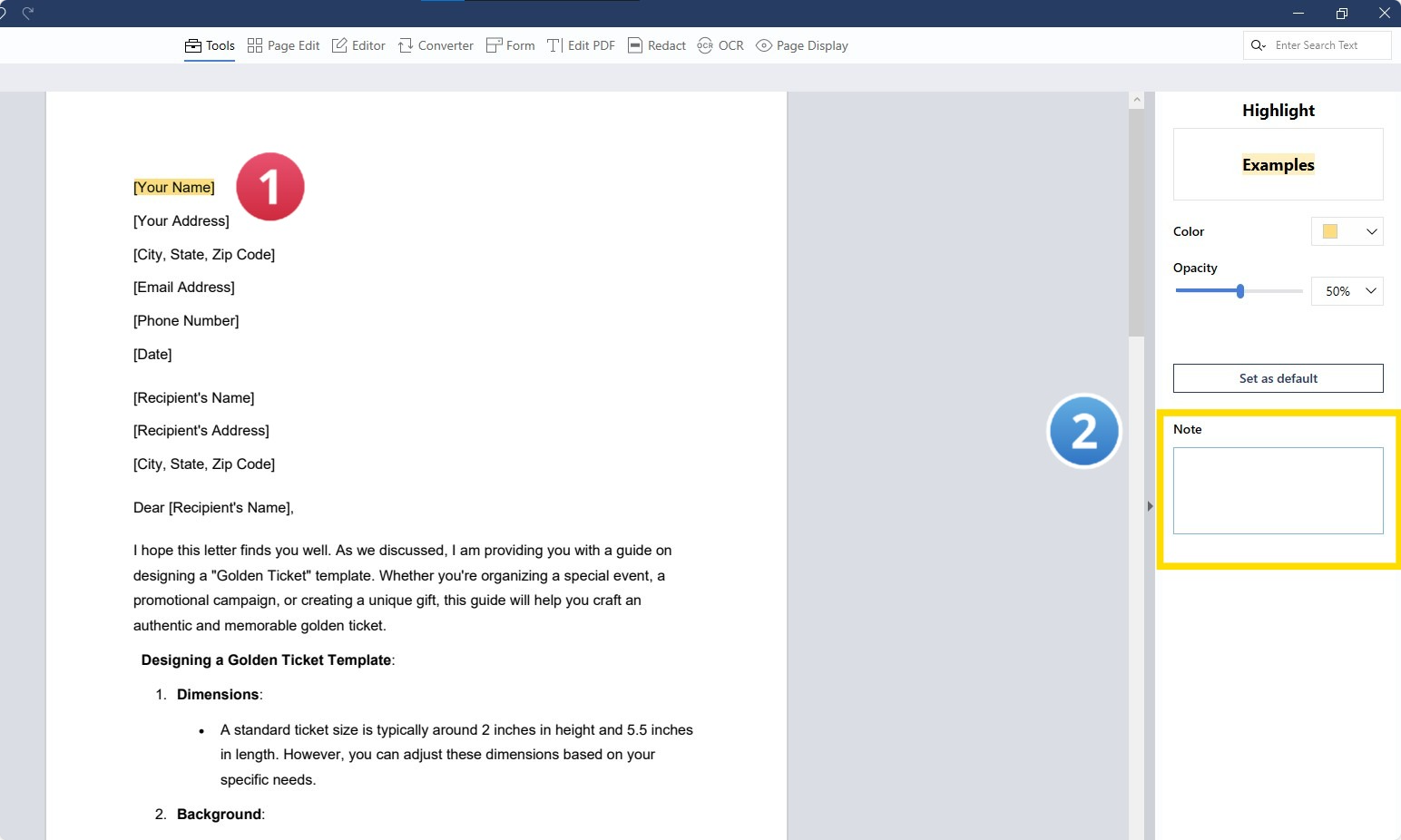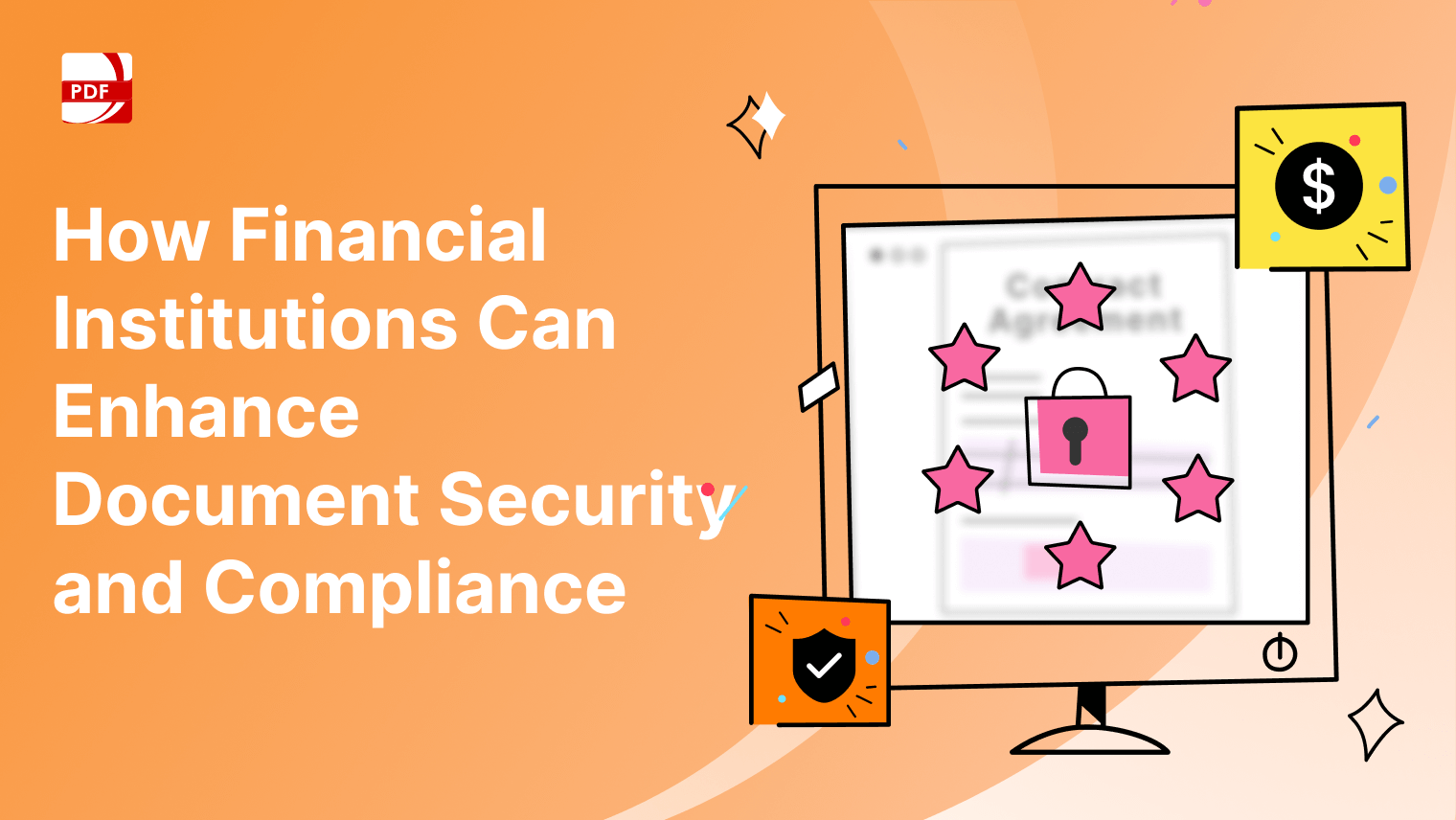Creating a well-polished and error-free document is a crucial step in effective communication. Whether you are working on academic papers, business reports, or creative writing, proofreading plays a vital role in ensuring your message is clear and professional.
Understanding the Proofreading Process
After your writing process, it's important to understand the editing process too.
1. What is Proofreading?
Proofreading is the meticulous process of reviewing a document to identify and correct errors in grammar, spelling, punctuation, and style. It goes beyond basic spell checking, focusing on the overall coherence and quality of the content.
2. Types of Proofreading:
- Professional Proofreading Services: Employing experienced proofreaders ensures a thorough examination of your document, addressing not only grammatical errors but also enhancing overall writing quality.
- Online Proofreading: Utilizing grammar checkers and online proofreading tools can help catch basic errors but may not capture nuanced issues.
3. Common Errors to Look Out For:
- Grammatical Errors: Incorrect verb usage, subject-verb agreement, and other grammatical issues.
- Spelling Mistakes: Typos, misspellings, and errors that spell checkers might overlook.
- Punctuation Errors: Misplaced commas, missing periods, and improper use of punctuation marks.
4. Sentence-by-Sentence Review:
- Proofreading involves examining each sentence individually to ensure clarity and coherence.
- Pay attention to sentence structure, ensuring each sentence contributes to the overall flow of the document.
Check out our review of the 5 best document management software apps, designed to streamline your document organization and enhance productivity.
Professional Proofreading Services
Depending on the type of document, you may need professional proofreading services.
1. The Role of Professional Editors:
- Difference Between Proofreading and Editing: While proofreading focuses on surface errors, editing involves a more in-depth review, addressing structural and content issues.
- Substantive Editing: Involves reviewing and improving the overall structure and flow of the document.
2. Benefits of Professional Proofreading:
- Quality Assurance: Professional proofreaders bring a high level of expertise to ensure your document meets industry standards.
- Style Guide Adherence: They adhere to specific style guides, maintaining consistency in formatting and language use.
3. Types of Documents that Benefit from Professional Proofreading:
- Academic Papers: Ensure clarity and precision in academic writing.
- Business Reports: Present a polished and professional image in business communication.

Proofreading Techniques and Tips
Here are some tips if you are correcting your own mistakes in grammar.
1. Time for Editing:
- Allow sufficient time between writing and proofreading to approach the document with a fresh perspective.
- Break the proofreading process into stages, focusing on different aspects in each round.
2. Common Mistakes:
- Be vigilant about common mistakes like run-on sentences, typographical errors, and formatting issues.
- Utilize spelling and grammar checkers, but don't solely rely on them.
3. Dangling Modifiers and Passive Voice:
- Be aware of dangling modifiers that can create confusion.
- Limit the use of passive voice, opting for clearer and more direct sentences.
4. Digital Shortcuts and Unconscious Corrections:
- Be cautious about relying too heavily on digital shortcuts and autocorrect features, as they might introduce errors.
- Be conscious of making unconscious corrections that may inadvertently change the intended meaning.
Check out our guide on how to combine Word documents into a single file, simplifying document management and organization.
How to Annotate a PDF for Windows
We've got a quick annotation guide for you if you're a Windows user below.
Step 1: Tap the 'Tools' icon, then select and annotate the text

Step 2: Highlight the text you wish to annotate
Fill in your annotation in the "Note" box to the right.
Step 3: Edit your annotations by changing colors and opacity

How to Annotate a PDF for Mac
Below is a quick annotation guide for you if you're a Mac user.
Step 1: Access 'Tools' and begin text annotation by clicking the "Anchored Note" icon

Step 2: Fill in your Anchored Note's details

Step 3: Modify annotations using various color, icon, and opacity options


Check out how we master document retrieval, making it easier to access and organize your files efficiently.
Frequently Asked Questions: Proofreading
Have questions about types of editing? Peruse our FAQ section.
1. What is the difference between proofreading and editing?
Proofreading focuses on correcting surface-level errors such as grammar, spelling, and punctuation. Editing involves a more comprehensive review, addressing structural and content issues.
2. Why is proofreading important?
Proofreading ensures that a document is error-free, enhancing its clarity, coherence, and overall quality. It presents a polished and professional image in various contexts, from academic papers to business reports.
3. When should I use professional proofreading services?
Professional proofreading services are beneficial for critical documents such as academic papers and business reports. They ensure adherence to specific style guides and industry standards, providing a higher level of quality assurance.
4. What types of errors should I look for during proofreading?
Look for grammatical errors, spelling mistakes, and punctuation errors. Additionally, pay attention to sentence structure, clarity, and overall coherence.
5. Can I rely solely on spelling and grammar checkers?
While spelling and grammar checkers are helpful tools, they may not catch nuanced errors or issues related to sentence structure and overall coherence. It's essential to complement automated tools with manual proofreading.
6. How do I avoid common proofreading mistakes?
Take your time and approach the document with a fresh perspective. Break the proofreading process into stages, focusing on different aspects in each round. Be cautious about relying too heavily on digital shortcuts and autocorrect features.
7. What types of documents benefit from professional proofreading?
Academic papers, business reports, and any document where precision and professionalism are crucial can benefit from professional proofreading services.
8. How can I improve my proofreading skills?
Practice proofreading regularly to develop a keen eye for errors. Familiarize yourself with common grammatical rules and style guides. Consider seeking feedback from peers or mentors to enhance your skills.
9. Should I proofread my document before or after editing?
It's generally recommended to proofread after editing. Editing addresses structural and content issues; proofreading is the final step to catch any remaining surface-level errors.
10. Can I proofread my own work effectively?
While self-proofreading is possible, having a fresh set of eyes, such as those of a peer or professional proofreader, can be highly beneficial. Another person may catch errors you might overlook due to familiarity with your writing.
In the world of document proofreading, attention to detail is paramount. Whether you're a student submitting an academic paper, a professional crafting a business report, or an aspiring writer sharing creative content, investing time in proofreading ensures that your message is conveyed with precision and professionalism.









 Free Download
Free Download  Free Download
Free Download






 Support Chat
Support Chat